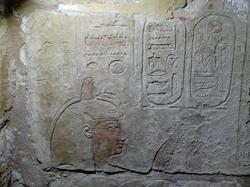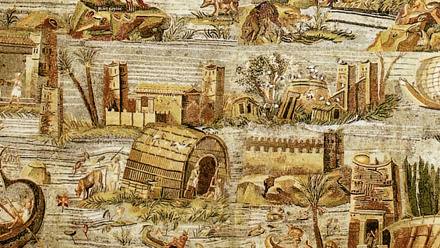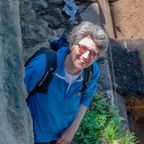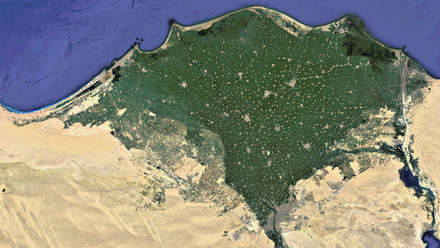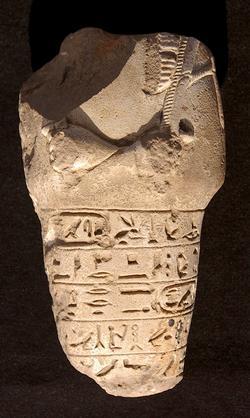Recordings will be available for those unable to attend the live event
Join us for the EES’ annual Summer Study Day as we journey into the heart of the Nile Delta to explore the rise, fall and legacy of four great capital cities that shaped over five centuries of ancient Egyptian history. Marvel at the monumental grandeur of Qantir-Piramesse, the New Kingdom (c. 1295–1069 BCE) stronghold of Ramesses II, discover Tanis as the key royal and religious centre of the early Third Intermediate Period (c. 1069–945 BCE), contemplate the cult centre to the cat goddess Bastet at Bubastis in Dynasty 22 (c. 945–715 BCE), and relive the cultural renaissance at Sais in the Late Period (c. 664 BCE–332 CE). This year’s theme—Delta Capitals—offers a sweeping view of political power, urban development, and cultural identity in Egypt’s northern frontier.
Venue
Speakers
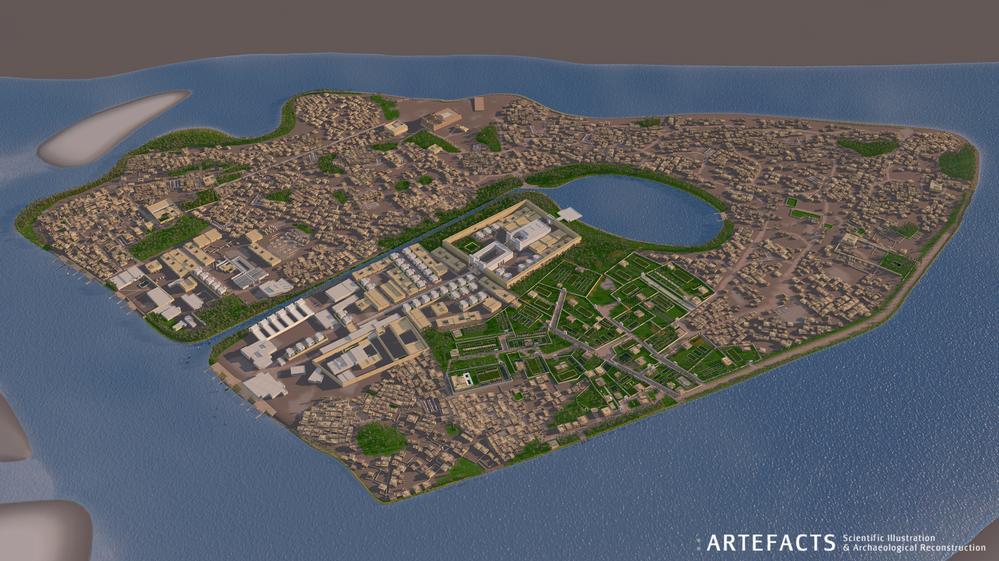
Digital reconstruction of Piramesse (Dr Henning Franzmeier)
Schedule
Note that the times shown below are based on UK time (BST). Please double-check if you are joining online from a different time zone. Recordings will be made available after the live event for one month afterwards.
12:50 – Event opens for all attendees with introductions
13:00-13:45 – Qantir-Piramesse: The (Kind of) Short Life of an Egyptian Capital (Dr Henning Franzmeier)
13:45-14:30 – Tanis: Exploring a capital of Late Period Egypt (Dr Frédéric Payraudeau)
14:30-15:00 – Refreshment Break (please do not log off the event if online)
15:00-15:45 – Bubastis: City of the Feline goddess (Dr Eva Lange-Athinodorou)
15:45-16:30 – Sais: The City that Overcame Instability (Dr Penelope Wilson)
16:30-17:00 – Discussion
Event closes for online attendees
17:00-18:00 – Drinks reception (in memory of Ian Flinn)
Event closes for in-person attendees
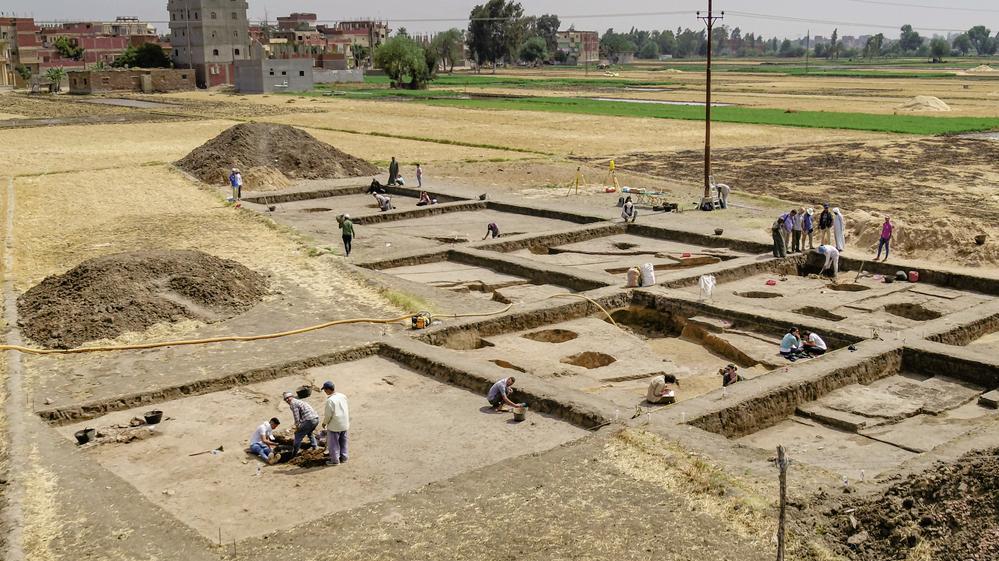
Excavation of Qantir in 2022 (Dr Henning Franzmeier)
Abstracts
Four Delta Capitals will be explored in chronological order during this event.
Qantir-Piramesse: The (Kind of) Short Life of an Egyptian Capital (Capital during 19th and 20th Dynasties or 13th–11th Century BCE)
Dr Henning Franzmeier
Located just north to the Hyksos capital Avaris, construction activities started under Seti I for what his son would name after himself at the beginning of his reign: Pi-Ramesse. But what was this city which we refer to today as the capital of Ramesside Egypt? What did it look like in its heydays, and what happened towards the end of its existence at the end of the New Kingdom and the Third Intermediate Period (c. 1295–945 BCE)? And why is almost nothing visible today — a fact which led to a long search for the real location of Pi-Ramesse. This lecture will paint a vivid picture of this city, its function, and its life from the beginning to the end.
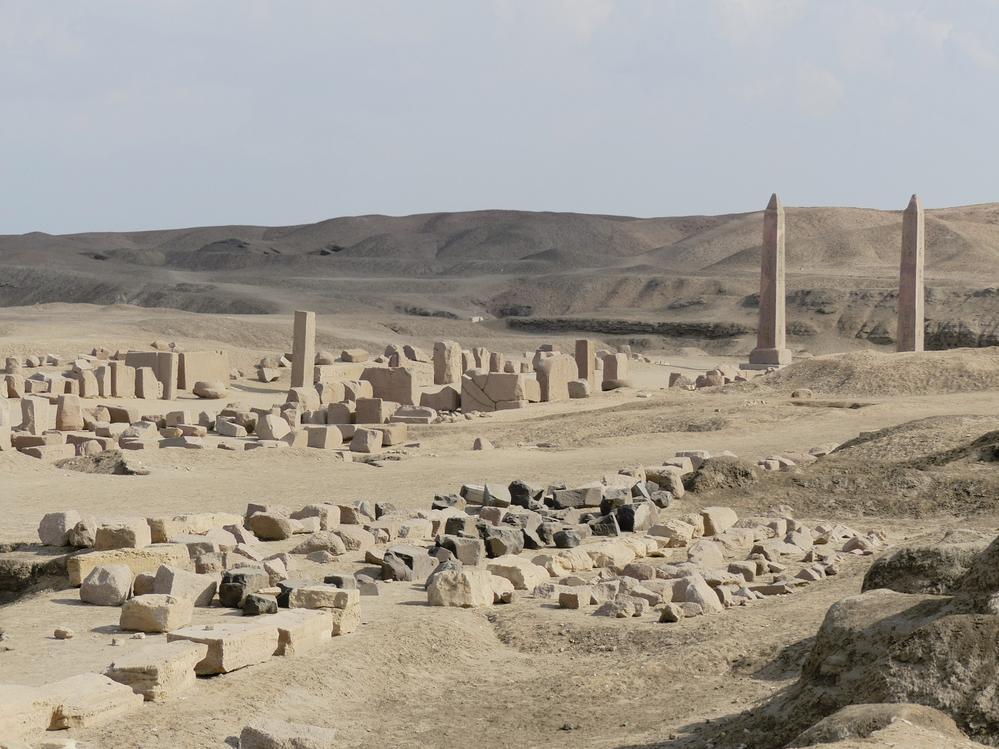
Overview of Tanis (Dr Frédéric Payraudeau)
Tanis: Exploring a capital of Late Period Egypt (Capital during 21st Dynasty or 11th–10th Century BCE)
Dr Frédéric Payraudeau
Tanis was the first of the Egyptian capitals of the Delta after the fall of the Ramesside empire. Founded in the 21st Dynasty (c. 1069–945 BCE), it remained a royal city until the middle of the 7th Century BCE. Exploration of the city, which began in the 19th Century CE, has led to the discovery of the city's temples, as well as the royal necropolis and its treasures. More recent research has provided a better understanding of the conditions under which the new capital was founded and its urban organisation.
Bubastis: City of the Feline goddess (Capital during 22nd Dynasty or 10th–8th Century BCE)
Dr Eva Lange-Athinodorou
The city of Bubastis was one of the most important cities of the Nile Delta and all of Egypt. In the heart of the city was the main temple of the lioness goddess Bastet, who became famous in her form as a sacred cat. Especially the annual festivals in honour of Bastet were legendary. However, the city was much more than a shrine for Bastet. Excavations in the last 150 years have revealed much of its fascinating history. Apart from the temple of Bastet, the ancient site boasts unique monuments from all periods of Egypt's history, including palaces, residences, further temples, and extensive cemeteries. This talk will provide a summary of the archaeology of Bubastis with a focus on the results of the latest research conducted by the Tell Basta Project, a German-Egyptian archaeological mission, working at Bubastis for more than 15 years.

Temple of Bastet at Bubastis (Dr Eva Lange-Athinodorou)
Sais: The City that Overcame Instability (Capital during 24th, 26th and 28th Dynasties or 8th–6th Century BCE)
Dr Penelope Wilson
Sais was the capital of Egypt in 26th Dynasty (c. 664-525 BCE), but the archaeological evidence of this period of power and renaissance is tantalisingly little. After 25 years of archaeological work at the site, this talk will discuss what can be inferred about the authority of Sais from the existing archaeology (including Prehistoric and Late New Kingdom material) and material culture, that can be found in museums around the world. Looking at the material in hindsight, the location, favourable environmental characteristics and human astuteness combined to make this settlement a viable capital during a period of changing international pressure and internal instability. Sais changed the trajectory of Egyptian economic and political power in the Eastern Mediterranean, perhaps providing a sign of things to come in the Hellenistic Period (c. 332–30 BCE) with the Ptolemaic capital at Alexandria.
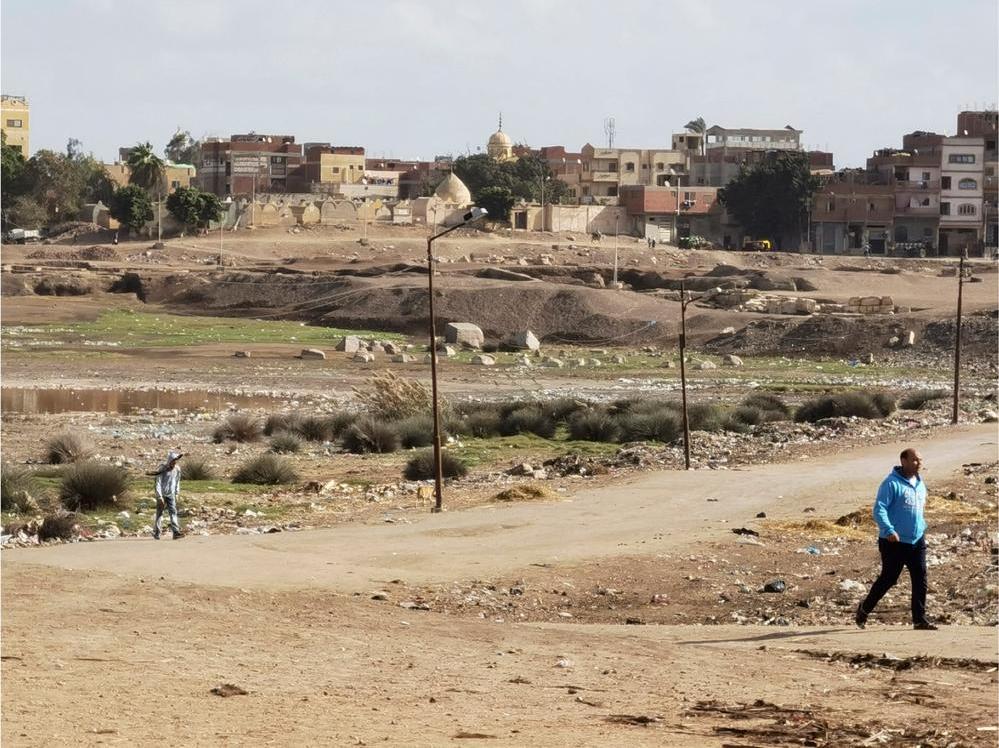
View of Sais (Dr Penelope Wilson)
Bonus Content
Delta Survey Online: Creating an online web-map of the EES' Delta Survey data
Hannah Pethen (EES GIS Co-ordinator [email protected] and Independent Researcher)
This presentation describes the conversion of the Delta Survey data, published as Spencer 2024, Archaeological Sites of the Nile Delta of Egypt: A Gazetteer, into a geographic information system (GIS) database in ESRI ArcGIS Pro, its upload to ArcGIS Online, and dissemination as an interactive map on the Egypt Exploration Society website. I will describe the process of distilling the Delta Survey data into concise descriptions of each site, locating and including relevant external web-based resources. The resulting satellite imagery web-map with sites presented as points publicises the Delta Survey data, provides a useful hub of collated external resources, and an online profile for many poorly known ancient sites. This is the first time descriptions, references, and relevant external links have been so easily accessible for many of these sites. For others it provides a useful introduction to a wider audience, and a hub for the collation of external resources. Since, the GIS-database and online web-map are dynamic and updatable, new information, and additional or updated external links can be added as necessary. Viewing Delta Survey sites on satellite imagery also clarifies their archaeological, geographical, and topographical relationships, showing that the Delta Survey Online map may aid in the contextualisation of Delta sites, and the development of new research questions and lines of enquiry. This presentation also covers one of our Story Maps created using EES data from the Delta Survey Online project, which covers 10 Delta Capitals, including the sites discussed within this event. The GIS-based web-map and derivative applications created during this project provide a dynamic, updatable introduction to the Delta Survey sites, and a powerful tool for exploring, explaining, and disseminating the settlement archaeology of the Nile Delta.
Now available to watch via the YouTube Playlist for this event. (All relevant links are sent upon booking or as reminders in advance of the event)
Booking and information
After registering, you will receive a confirmation email containing information about joining the event in person and online, including your personalised Zoom link for joining the event. If you do not receive your email, then please check your junk folders before contacting the Egypt Exploration Society. The study day will be held on our Zoom platform and attendees will be able to interact by asking questions, using the chat and polls. The skills session will be complemented by Google Drive, where resources will be uploaded.
Event tickets are only refundable if notice is provided at least one week prior to the event start date.
Please ensure that you have read our guide to attending EES online events before the course begins.

Bastet Stela in site museum at Bubastis (Dr Eva Lange-Athinodorou)

